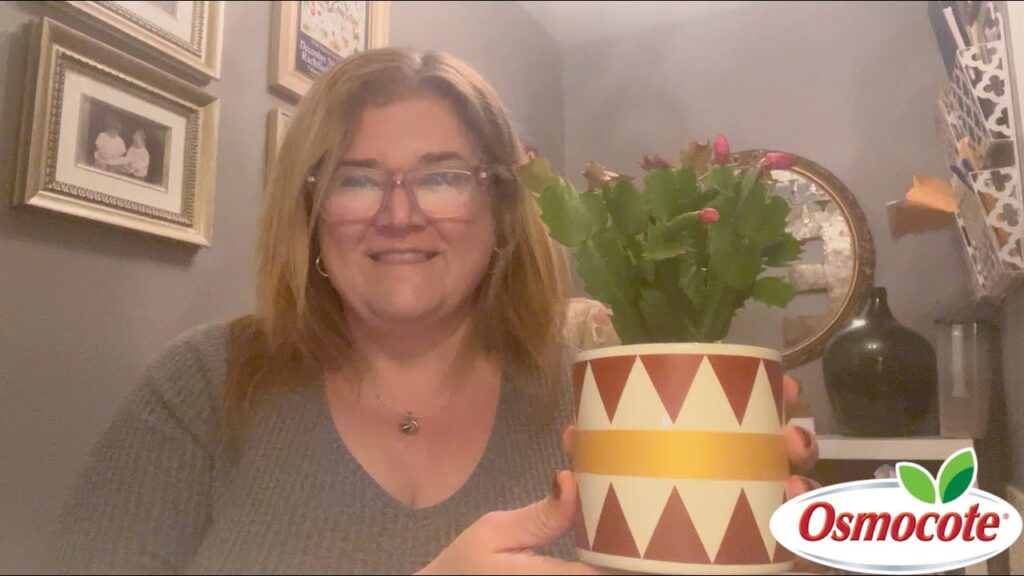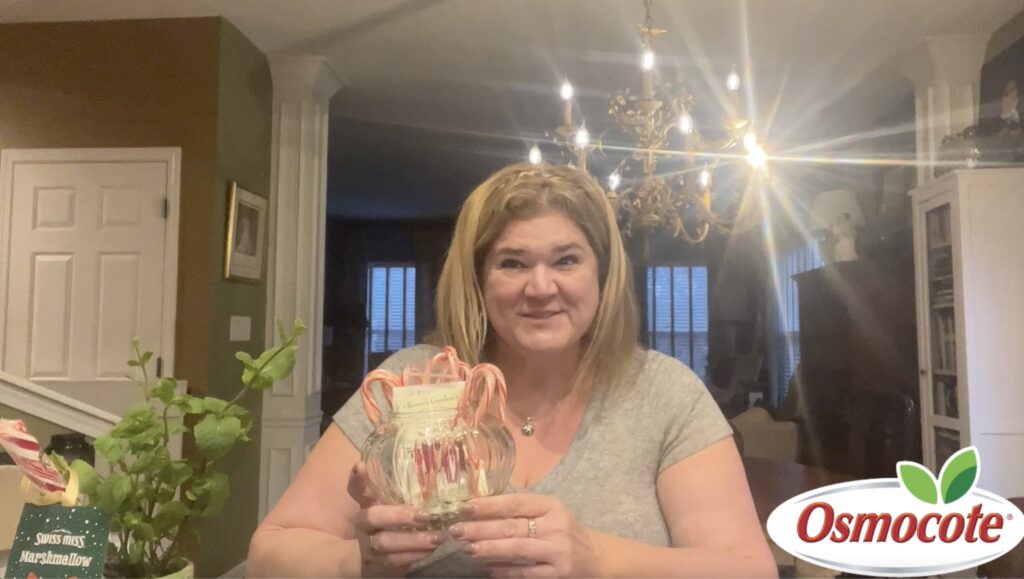Monochromatic Container Gardens
Views: 446

Monochromatic container gardens use “one color.” It is a great strategy for design, one that really packs a punch when used in planting. A garden that makes use of a single color makes a visually appealing display. A monochromatic garden design uses a variety shades, textures and structures to provide visual interest. Here are some tips to learn how to create your own single color garden.
Form & Function
Monochromatic container gardens offer visitors a feeling of calm. Your eyes don’t jump from one color to the next, but tend to linger on each plant. One color tends to be soothing and fluid to the senses making the architecture of plants more pronounced. As well, the plants’ textures begin to take on a more important role in a monochromatic garden. I like to include light, fluffy flowers, fern fronds, trailing vines and upright spikes.
Whimsical blossoms are a fun contrast nestled in with formal, complicated forms like boxwoods or aloe. Consider the texture of your foliage as well. Small, finely cut leaves lighten the space and often almost appear to shimmer in the wind. Large, leathery leaves add strength, while compact plants like boxwoods bring a sense of formality.
En Masse
While variety spices up monochromatic container gardens, large amounts of a single varietal can be breathtaking when repeated. Consider this: a large planter filled with the same plant to overflowing, or many planters of varying sizes and shapes filled with the same plant.
You can visualize the differences. Both can be very striking. Spring bulbs are well-suited to single-color plantings and are particularly impressive when seen from a distance. Planting en masse is great for those of us who aren’t as confident arranging plants in a container. Simply fill your containers with tons of the same plants and benefit from the visual impact.
Hues
Monochromatic container gardens depend on multiple tints and shades of one color or hue for success. Different shades of one color create impact and are less confusing to the eye than using tons of different plants and colors. When selecting your garden’s monochromatic color scheme include flowers, foliage, trees and shrubs in several shades and tints of the main hue. I chose green (easy, huh?) for my front porch this year. Hues are the base color utilized in a design, such as pink, purple or yellow. Tints are lighter versions of the hue, while shades are darker versions. You will be surprised at how many varieties of one pigment you can find to enjoy and how much delight can be had in one sweep of color. Enjoy!
Meet Elizabeth Morse
I specialize in creating productive gardens for my clients (garden consults), showing them how to use fresh foods (private chef & cooking classes) and enjoying…
Elizabeth's Recent Posts

Popular Raised Garden Beds








